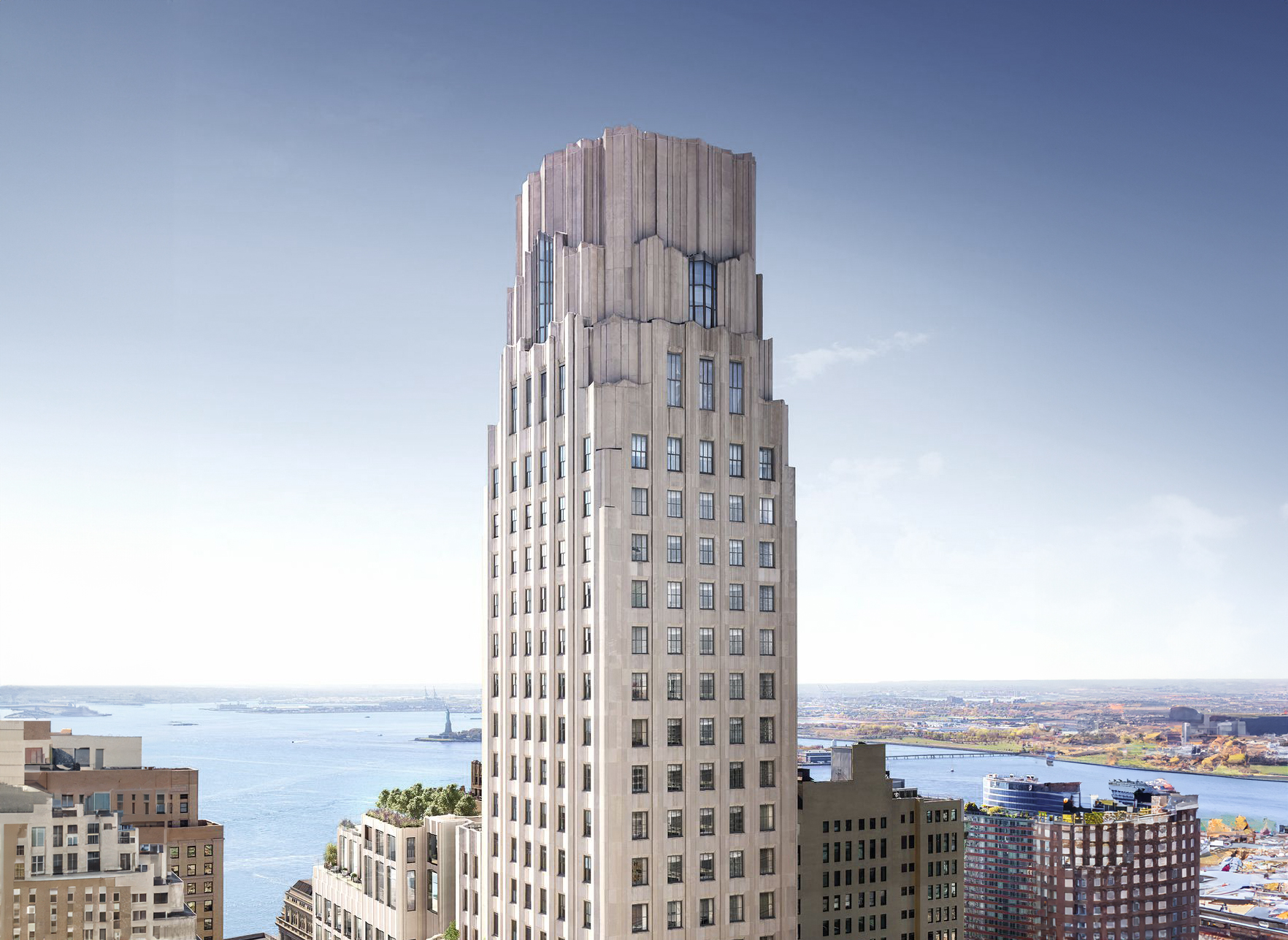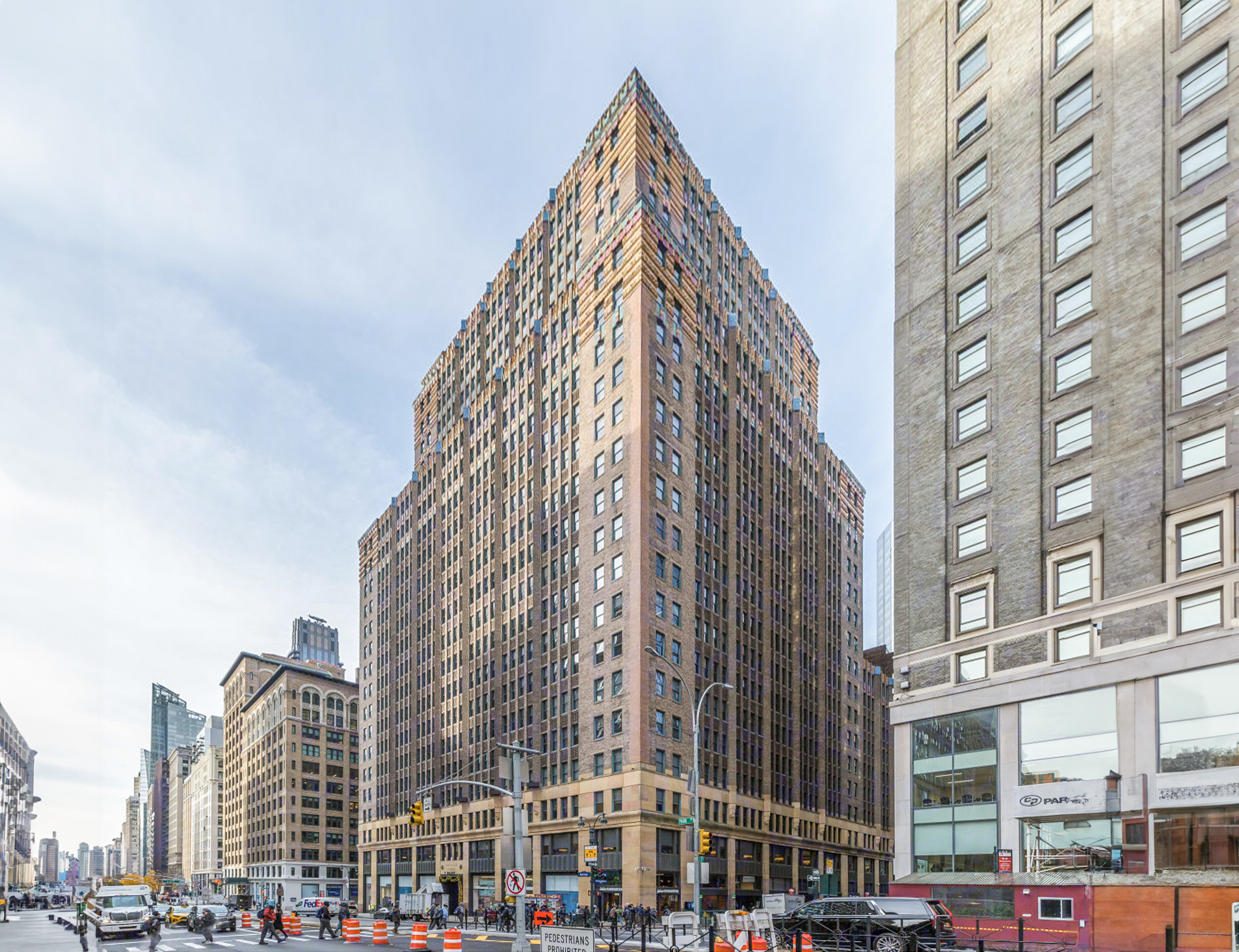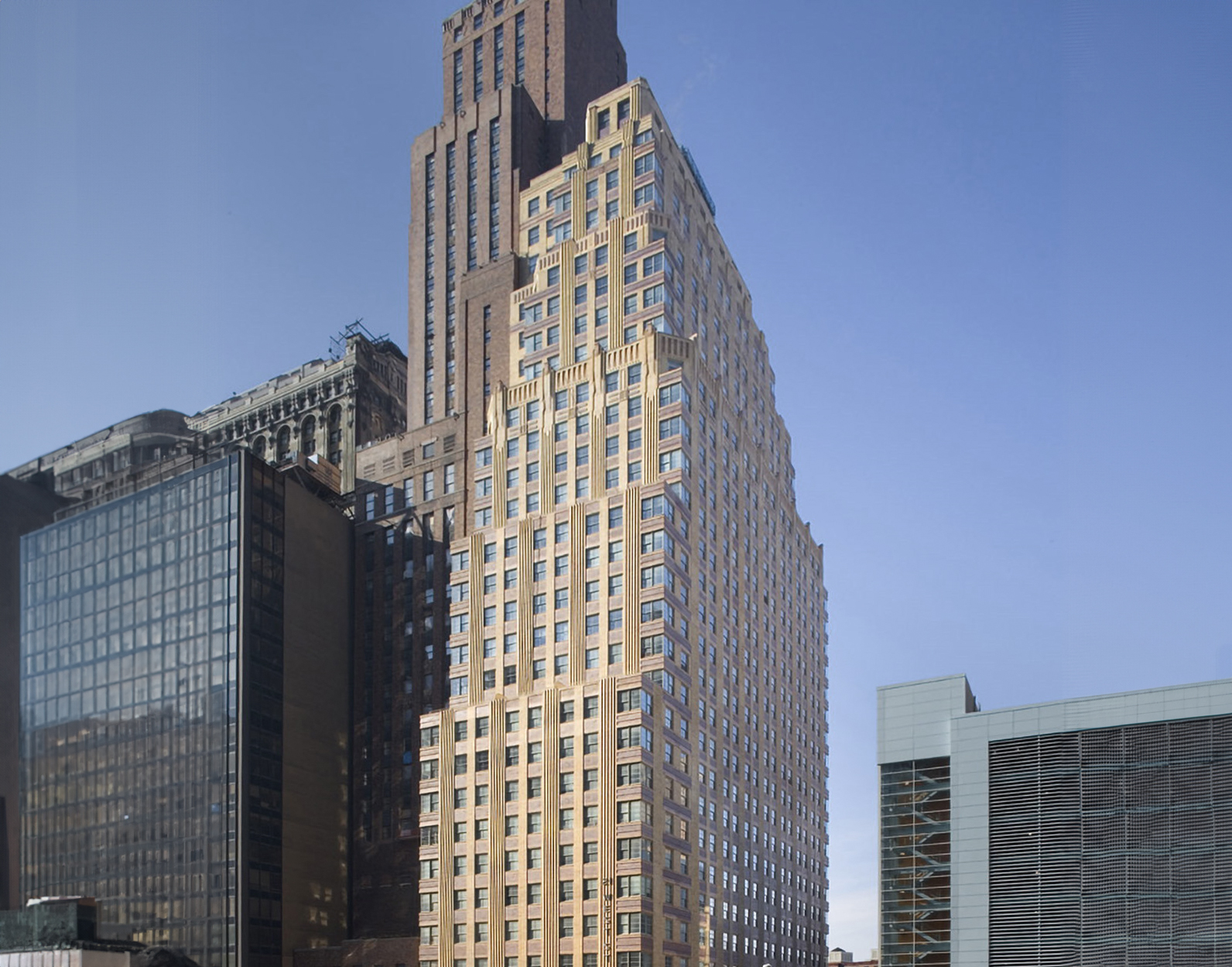The Downtown Athletic Club is an Art-deco skyscraper designed in 1928 by Starrett & van Vleck, and built between 1929 and 1930 in New York, NY.
Downtown Athletic Club is not the only name you might know this building by though. It is common for companies to want to attach their names to iconic buildings when they move in, or for the general public to come up with nicknames, and this one is no exception. The building has changed names several times over the years, and is also known as:
- Downtown Athletic Club between 1926 and 2002.
- 18 West Street.
- 28-32 Washington Street.
- Downtown Club from 2005 until this day.
Its precise street address is 19 West Street, New York, NY. You can also find it on the map here.
The Downtown Athletic Club is a structure of significant importance both for the city of New York and the United States as a nation. The building embodies the distinctive characteristic features of the time in which it was built and the Art Deco style. Because of that, the Downtown Athletic Club was officially declared as a national landmark on November 14th 2000.
The building has been restored 2 times over the years to ensure its conservation and adaptation to the pass of time. The main restoration works happened in 1952 and 2005.






